Tag: Renaissance Art
-
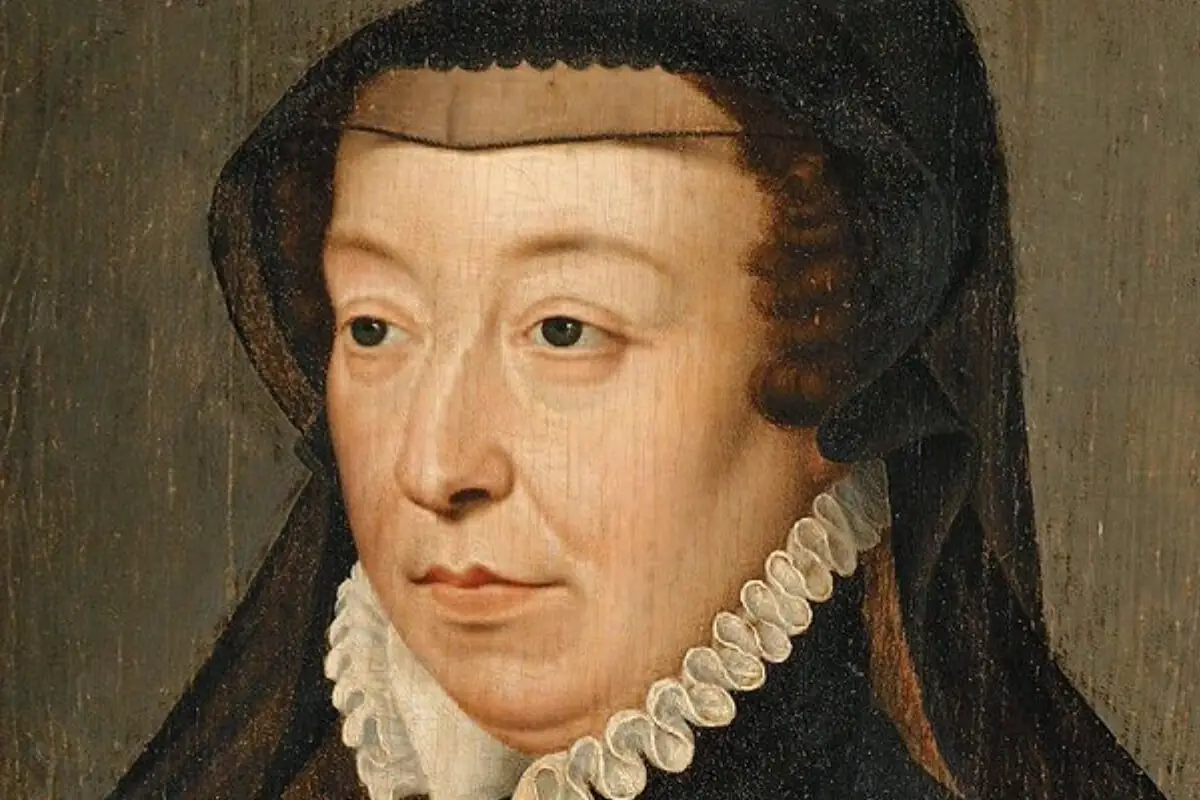
What Is Catherine de Medici’s Legacy in the World of Art?
In the lush tapestry of French Renaissance history, the vibrant threads of Catherine de Medici’s influence are inextricably woven. As the Queen of France and a woman of Florentine heritage, her ascendancy brought forth a unique fusion of Italian panache and French elegance, casting a long shadow of patronage across the arts and culture. This…
-
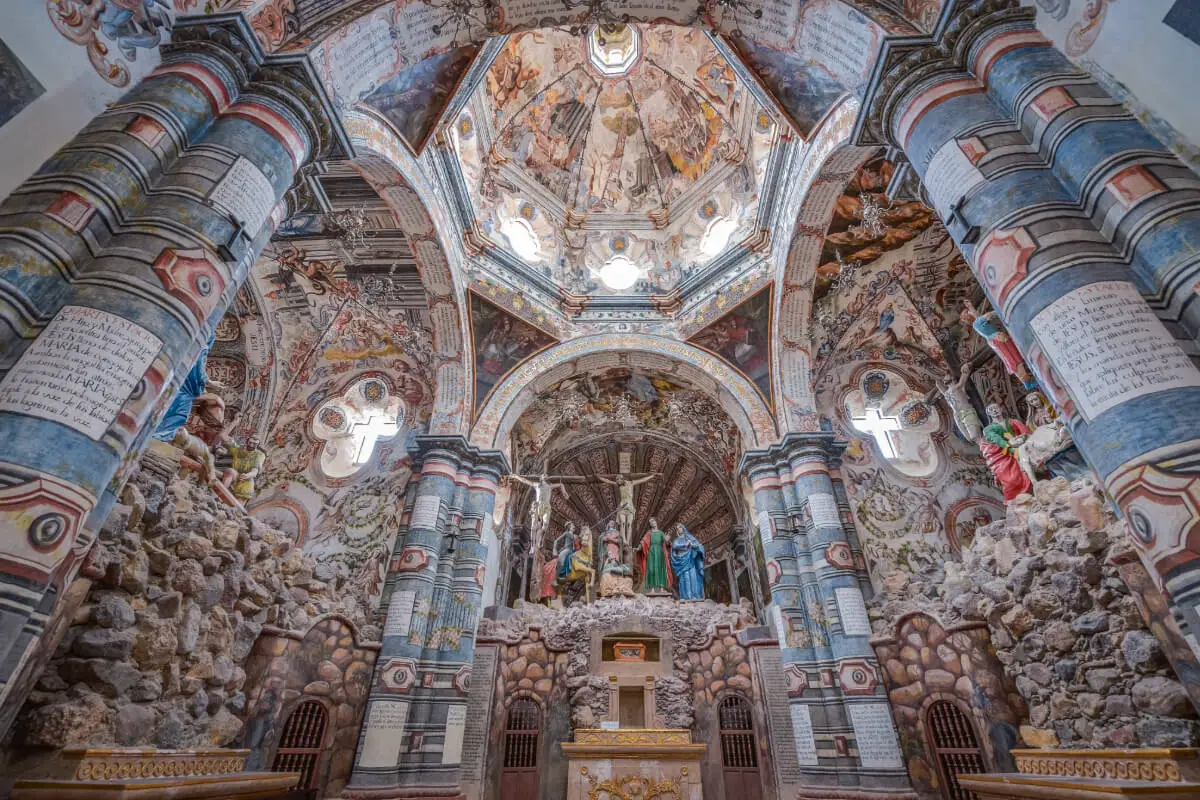
Masters of the High Renaissance Art
The High Renaissance, a period of unprecedented flourishing in the arts, marks a zenith in European cultural history, radiating from the heart of Italy between the late fifteenth and early sixteenth centuries. It was an era marked by a profound reverence for classical antiquity, intertwined with the blossoming ideals of humanism. Artists of this time…
-
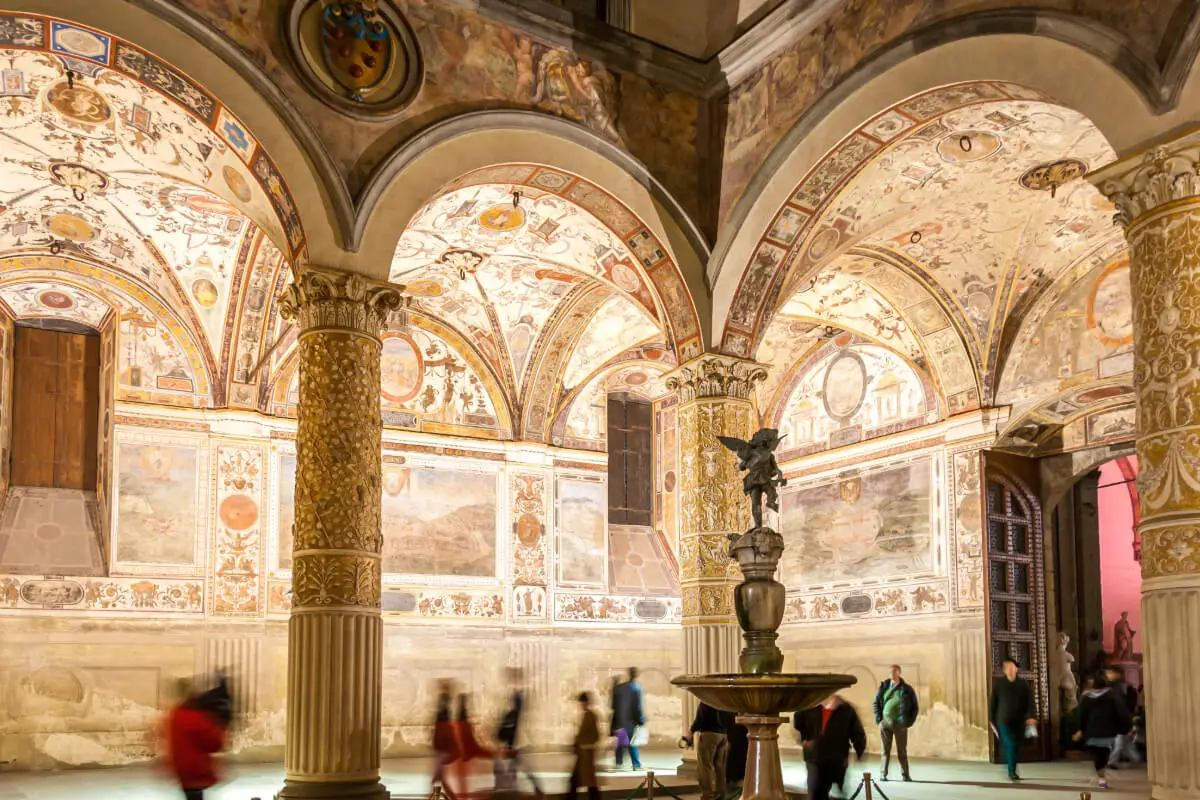
Exploring Renaissance Art Qualities
The Renaissance, a period of profound transformation in Europe, marked a departure from the medieval past into the modern age, particularly in art. This era, characterized by a rebirth of classical antiquity alongside revolutionary societal shifts, brought about a newfound emphasis on humanism. Humanism, with its focus on the potential and achievements of individuals, played…
-
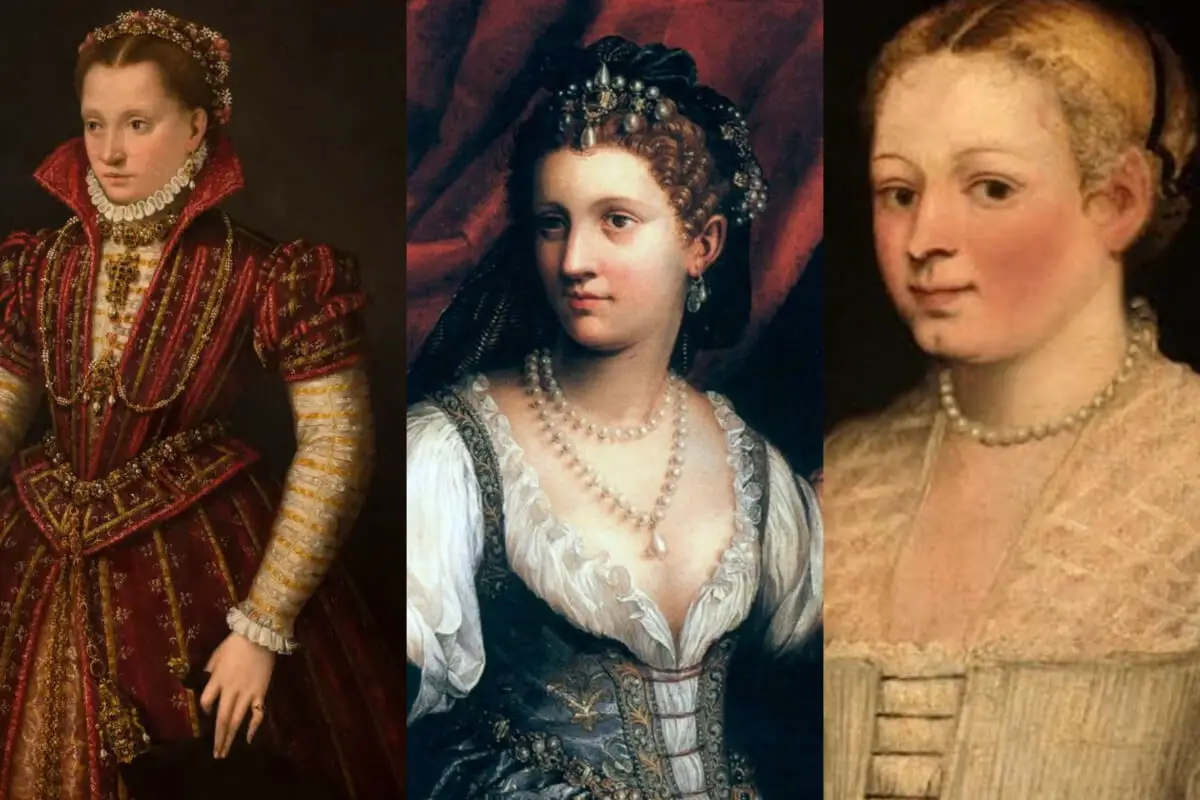
Trailblazing Women of Renaissance Art
The Renaissance was a dynamic period of rebirth for the arts and sciences, yet the story was more nuanced for women. While the era boasted an environment ripe for innovation and discovery, it simultaneously clung to rigid gender roles that largely kept women on the sidelines. However, formidable female artists emerged amidst this contradictory backdrop,…
-
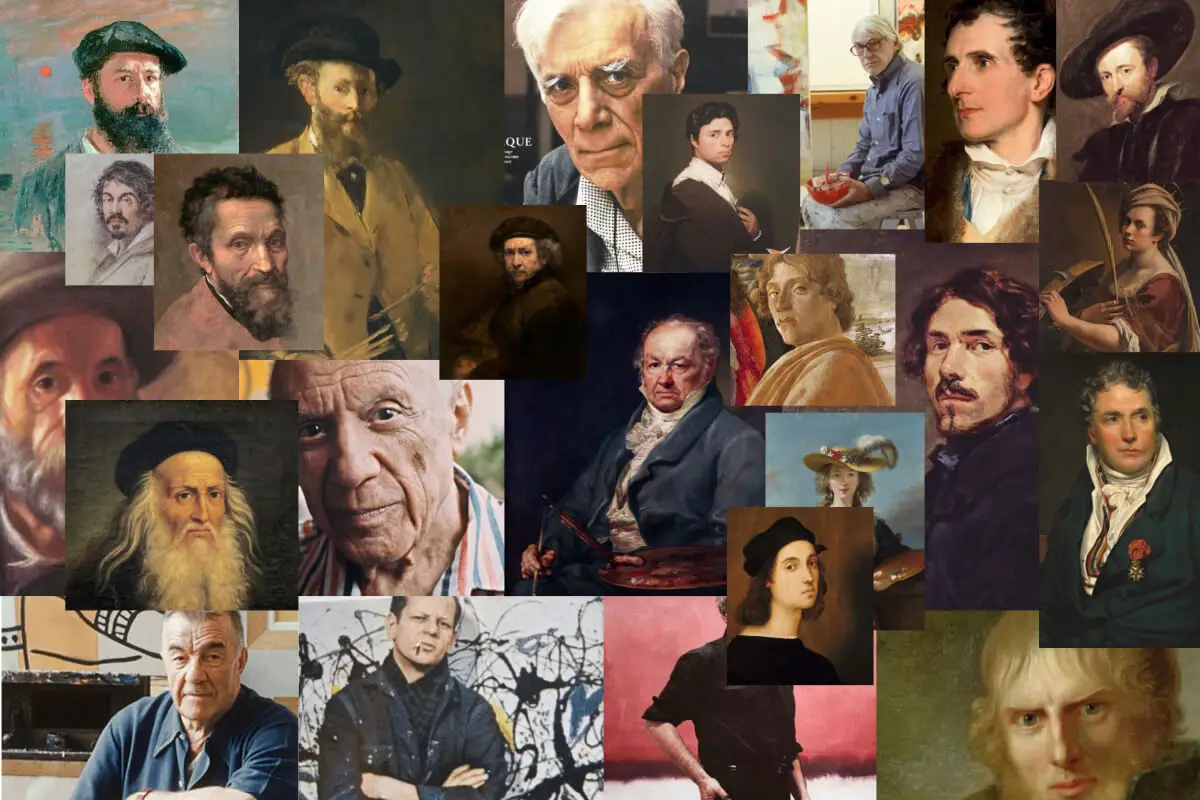
7 Art Movements That Changed the World
Art has always been more than decoration on a wall—it’s a mirror to society, a voice of resistance, and a catalyst for change. Across history, certain art movements have done more than inspire awe; they’ve shaken foundations, sparked revolutions, and influenced the way we perceive the world around us. These seven movements have responded robustly…
-
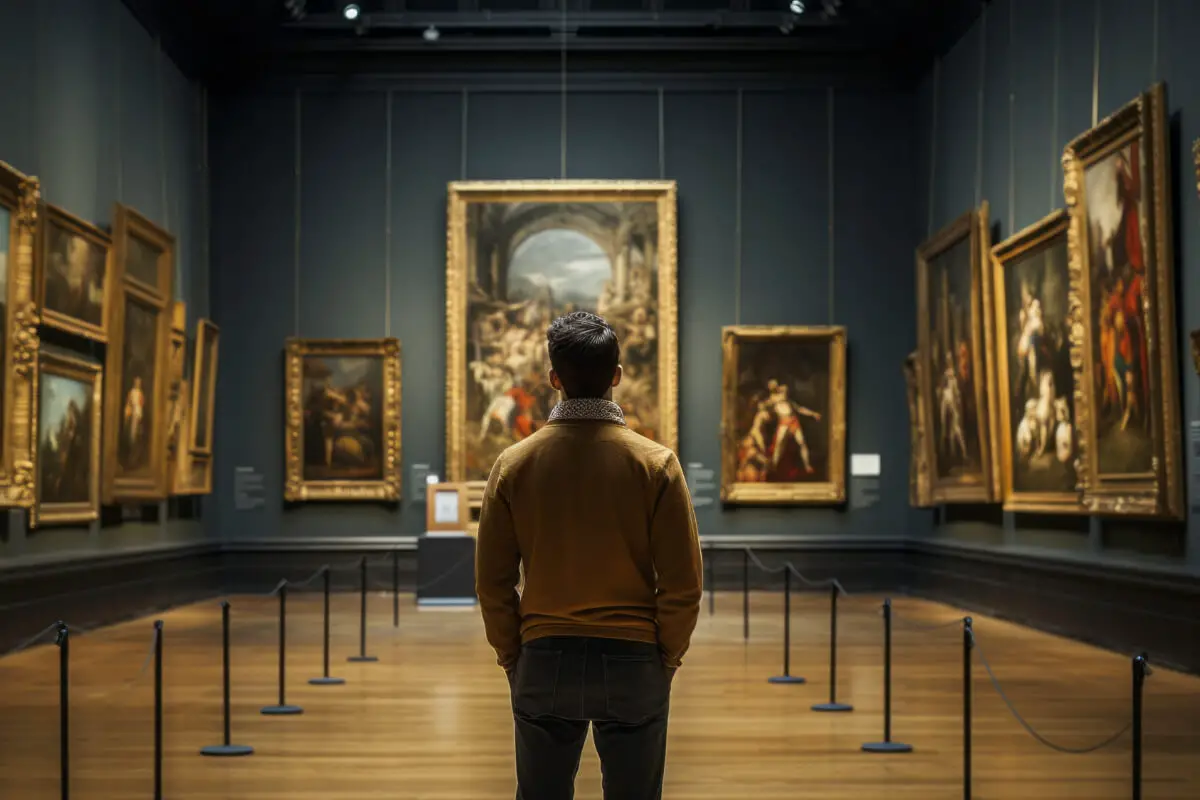
Renaissance Art Innovation
The Renaissance era emerged as a beacon of cultural enlightenment that eclipsed the medieval darkness, reigniting Europe’s creative spirit and birthing a litany of artistic innovations. This period heralded a reawakening of classical knowledge and aesthetic values and commanded a profound influence on the economics of the day. Beyond the canvas and the chisel, the…
-
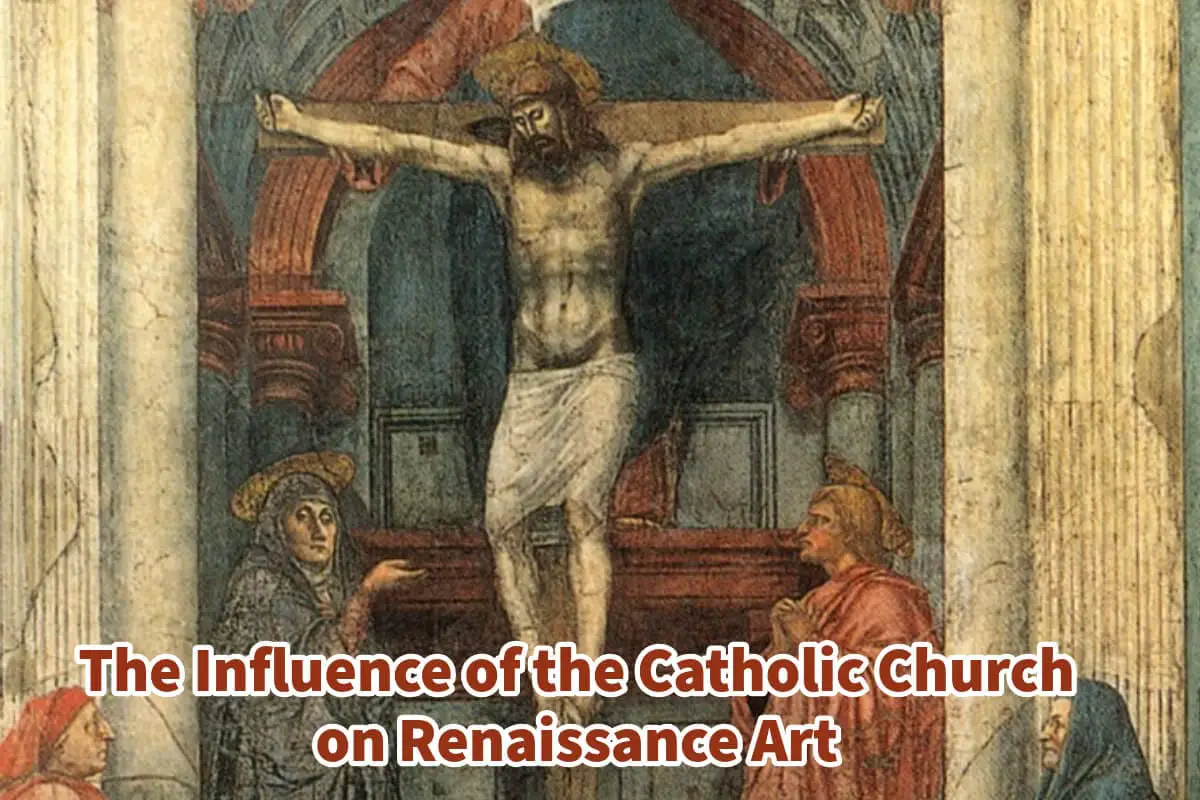
The Influence of the Catholic Church on Renaissance Art
The Renaissance was a transformative period in European history, spanning the 14th to the 17th century. It was marked by a revival of classical learning, humanism, and artistic achievement. At the heart of the Renaissance cultural revolution stood the Catholic Church, an influential patron of the arts and a central figure in Europeans’ daily lives.…
-
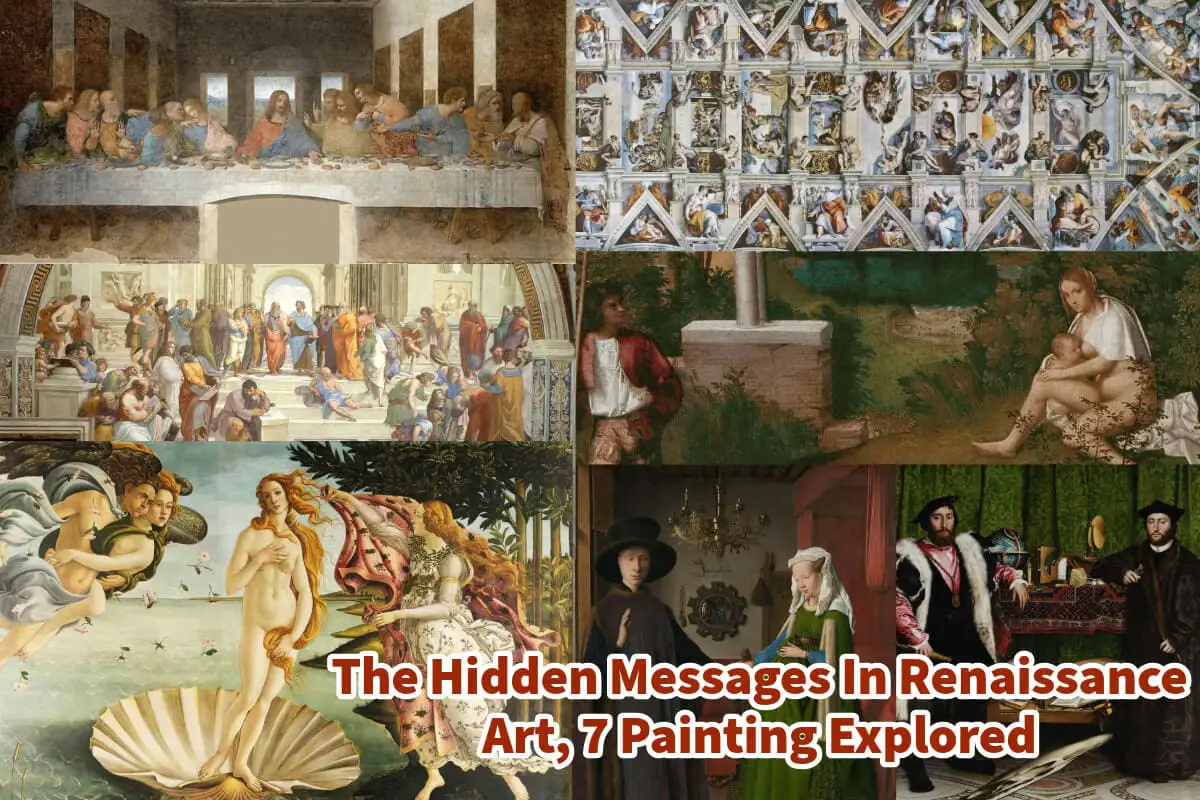
The Hidden Messages In Renaissance Art, 7 Painting Explored
Renaissance art is celebrated not only for its breathtaking beauty and technical mastery but also for its layers of meaning and rich symbolism. Beneath the surface of many Renaissance masterpieces lie hidden messages—encoded through allegory, symbolism, and subtle details—that reveal the artist’s thoughts, the patron’s intentions, or the cultural and political context of the time.…
-
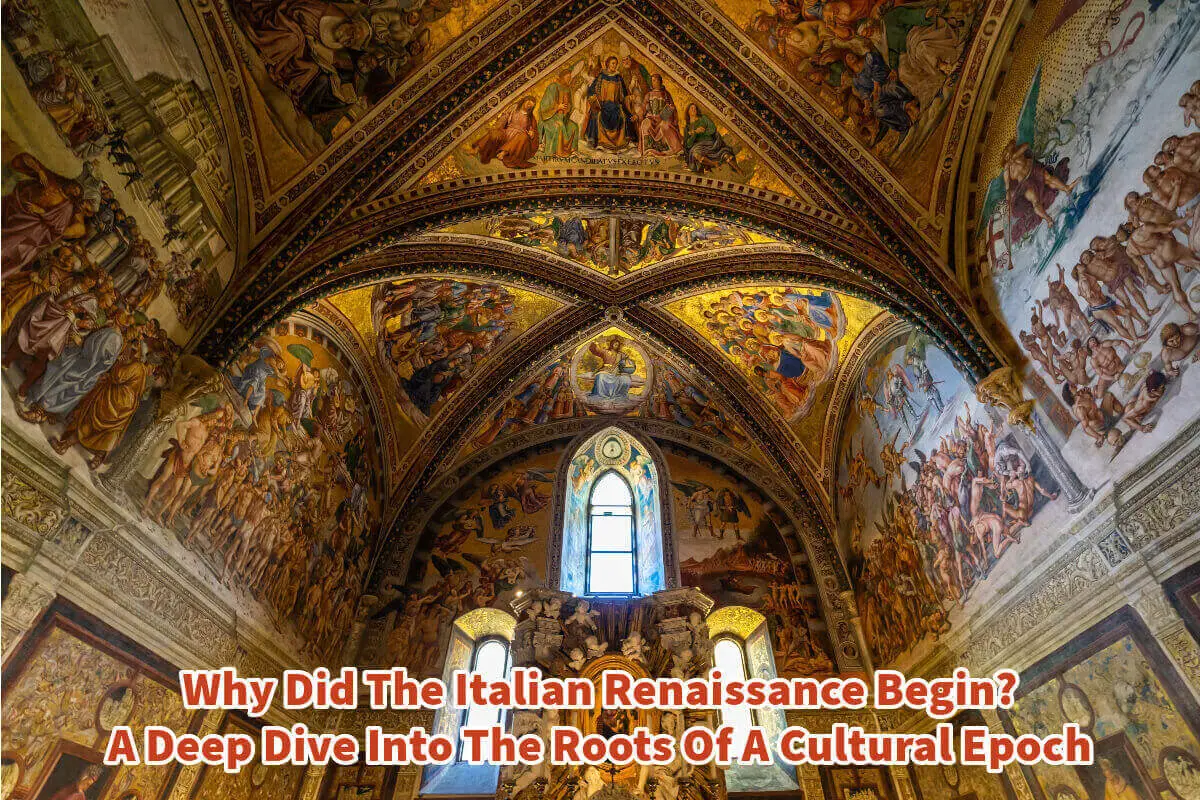
Why Did The Renaissance Begin? Dive Into The Italian Renaissance
The Italian Renaissance is a pivotal art movement shaped by many factors that culminated in this extraordinary era. The Italian Renaissance period is renowned as a significant epoch in art, with numerous elements contributing to its emergence and significance. The Renaissance’s prominence in art history is attributed to various reasons, each crucial in defining this…
-
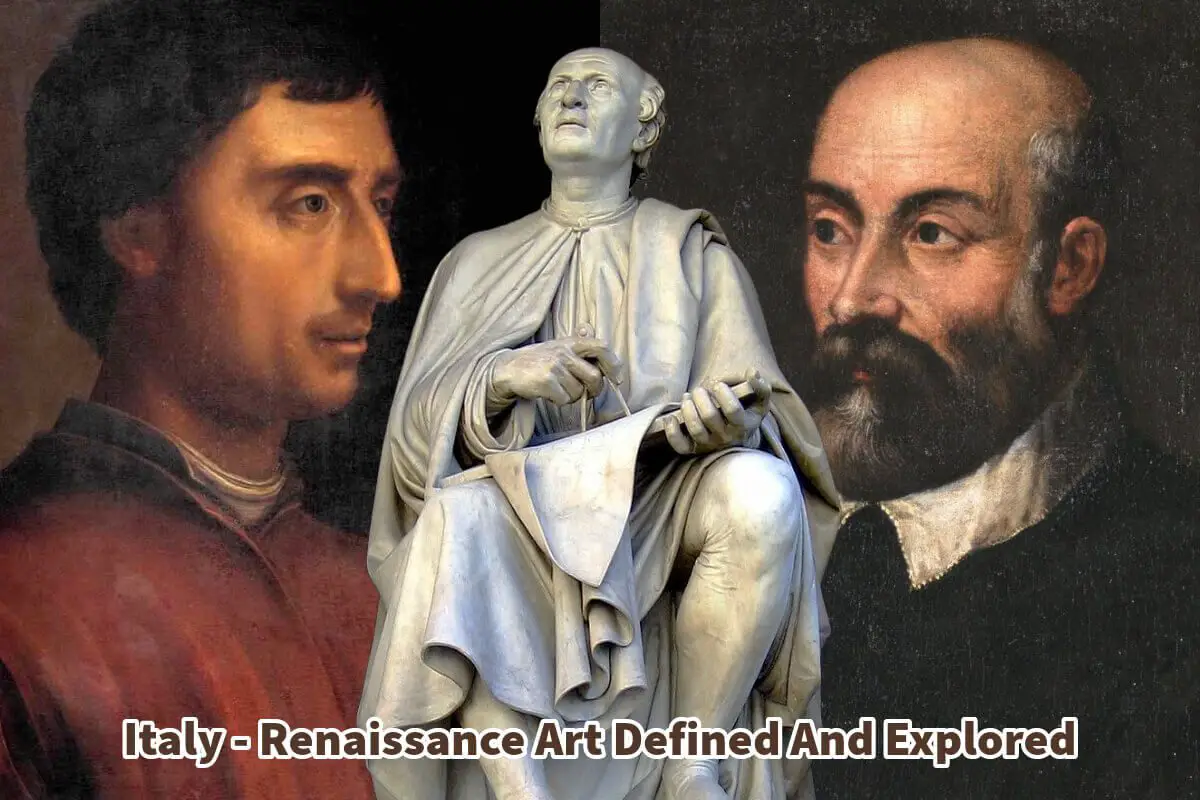
Italy – Renaissance Art Defined And Explored
The Renaissance is one of the most monumental epochs in art history, captivating art enthusiasts and scholars alike. As one of my favorite artistic movements, it is home to some of the greatest artists the world has ever seen. Originating in Florence, Italy, the Italian Renaissance is pivotal in shaping this transformative era, laying the…
